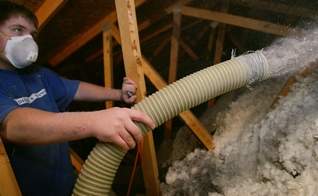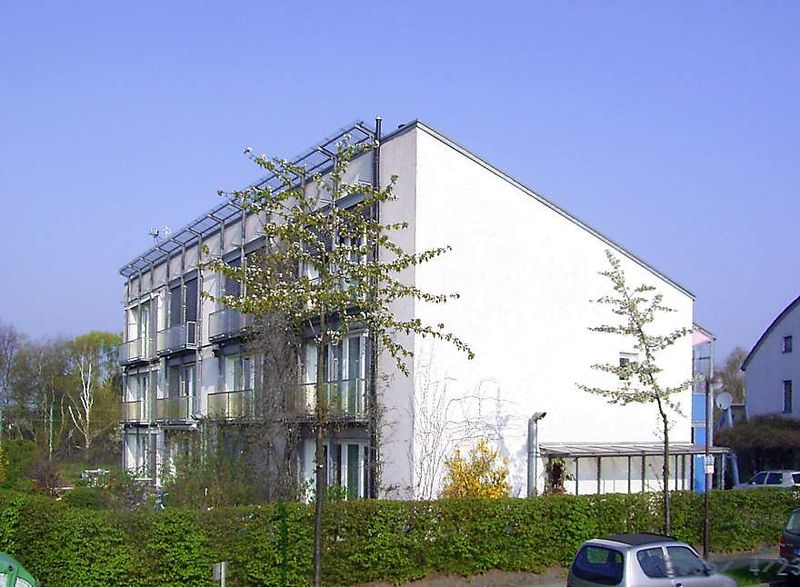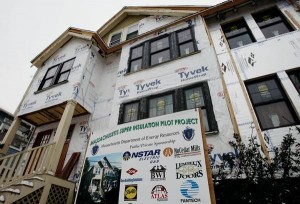If one does a Google search on ‘keeping warm in the winter,’ you’ll find dozens of articles from all over the world, with tips and advice on how to keep warm without breaking the bank. There’s a lot of overlap in these lists, but occasionally you find a unique idea or two. Many of these lists are aimed at the elderly, who have to balance warmth issues with other issues (avoiding slips and falls). You’ll also find a great deal of disagreement about the safety and utility of closing off vents in unused parts of a structure heated by a forced air furnace.
The tips are all common-sensical. But one thing we’ve noticed at Warm Home Cool Planet, if you pile up enough common sense, you frequently find you’ve created an uncommonly useful resource. We read through dozens of postings with the reality of Cambridge winter in mind.
Our Survey of Surveys found the following categories of suggestions:
- Eliminate drafts—It’s not just about saving money and the planet, it’s about comfort. One thing we hadn’t seen before were these insulated window blinds with magnetic seals at the edges, which come from, no surprise, Montana.
- Set up a warm room safely—(without causing furnace problems; this means being careful about how many heating vents, if any, you shut. One rule of thumb is to never shut vents that supply more than 15% of your homes total cubic heating volume, and if you are using a heat pump, don’t shut off vents ever, period.)
- Dress in air-trapping thin layers—much discussion of thermal underwear; downhill skiers seem to know a lot about this.
- Exercise moderately and appropriately for your age and physical condition.
- Eat and drink enough; eat and drink warm things.
- Only use space heaters safely and responsibly. If you die, you will soon grow cold and the space heater will be a waste of money.






